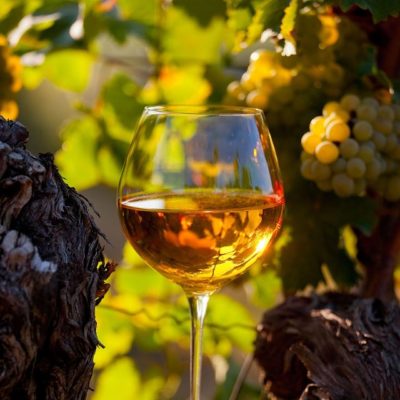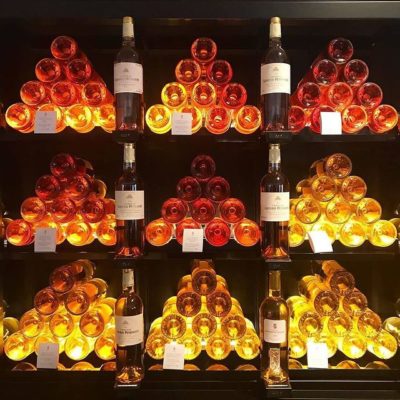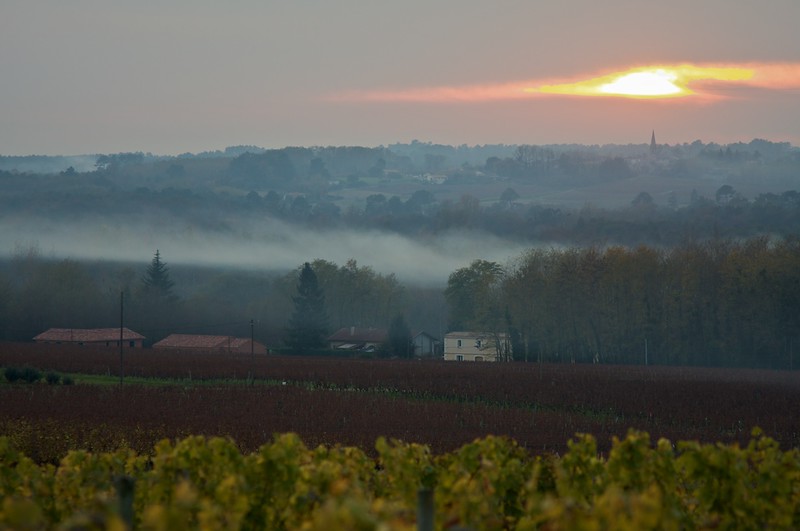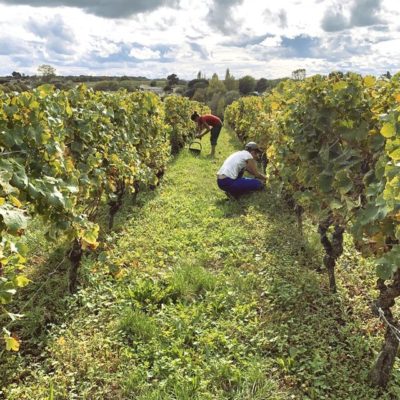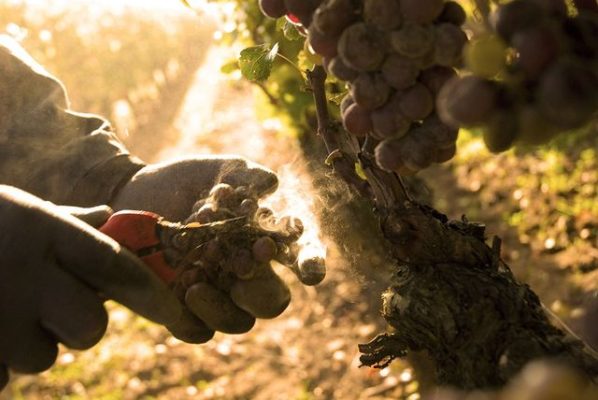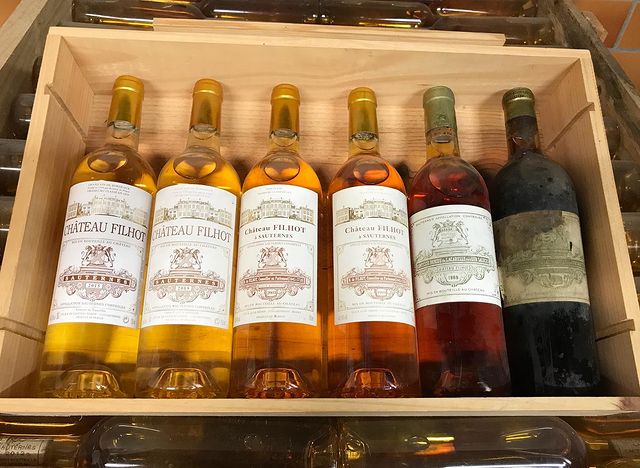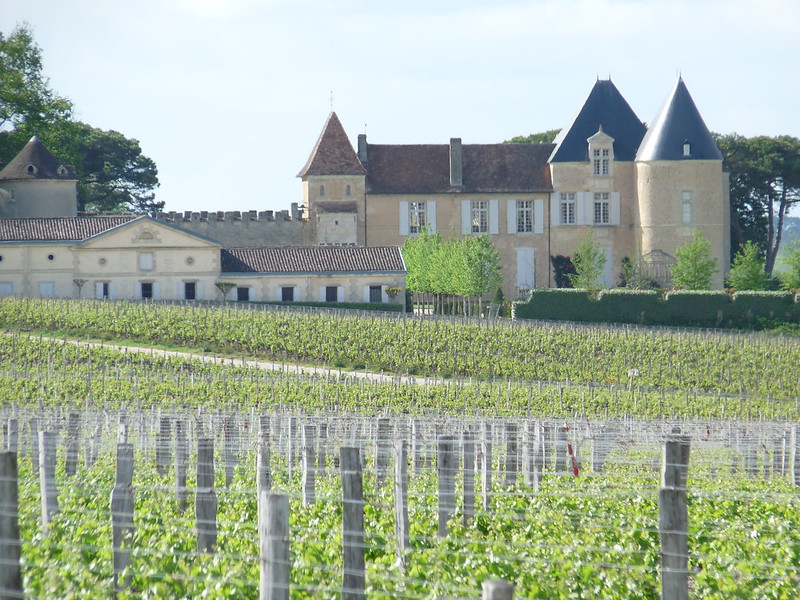Sauternes wine: a luxurious and unique white wine
We all know Bordeaux red wines, but did you know that one of the most luxurious sweet whites also comes from Bordeaux? Sauternes wine is world renowned for its natural sweetness and complex flavors. Discover its unique production and how we can enjoy this fine golden elixir.
Great wine is a gift from nature, and Sauternes is no exception. In fact, the production is nothing short of miraculous.
Sauternes is the glorious result of good weather conditions, soil, and expertise.
Above all, location is key.
Sauternes, located about 40 kilometers southeast of Bordeaux, is part of the Graves wine district. The small area, named after the village of Sauternes, provides the perfect conditions for producing wine with high residual sugar and rich flavors.
The magic of Sauternes wine: location and microclimate
The microclimate of the Sauternes region means this style of wine cannot be reproduced just anywhere. The magic happens on a 2 200 hectare area of land:
- First of all, the Ciron river, a tributary of the Garonne, winds through the area.
- Dense vegetation shades the Ciron from the sun.
- Then, the cool Ciron river meets the warm Garonne, creating humidity.
- During autumn, the humidity causes a mist to form over the vines in the morning. Later, the mist disappears due to warm and dry afternoons.
- This phenomenon creates the perfect environment for ‘boytris cynerea’, a fungus, to grow on grapes.
Miraculously, this fungus, la pourriture noble, gives Sauternes wine its particular aroma!
The ‘noble rot’ dehydrates the grapes and concentrates their sugar content, creating intense and vibrant flavors of fruit confit.
Importantly, the grapes must be harvested at the ideal ripeness.
Too ripe and the taste won’t be just right.
As a result, harvesters meticulously remove the grapes by hand. After picking certain grapes, they will leave others to ripen on the vine. Harvesters commonly return up to six times to the same vines.
Additionally, too much humidity can compromise the delicate environment required for noble rot. A rainy year can ruin the entire vintage by turning the ‘noble rot’ into an unfavorable type of mold.
Therefore, it’s a thin line between good and disastrous conditions.
Sauternes wine: mythic origins
Who came up with the counterintuitive idea of using a fungus to produce wine?
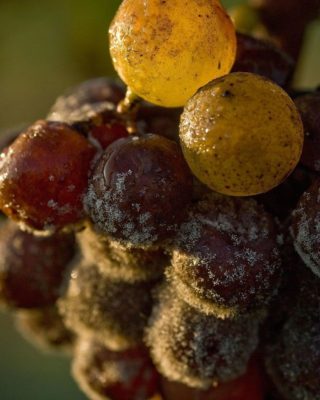
In short, no one knows exactly, but the origins of Sauternes point to a (very lucky) accident.
Legend has it that a chateau owner arrived late to his estate for the harvest. He nonetheless used the grapes to make wine. As a result, he discovered the wonderful taste of the overripe and fungus infected grapes.
From the 18th century, ‘noble rot’ became an official method. Sauternes soon began to gain international recognition.
In fact, Thomas Jefferson admired Sauternes wine after discovering it on his trips to France. He brought back bottles from Chateau d’Yquem to President George Washington.
Apparently, after tasting the unique wine, Washington immediately placed an order for 30 dozen bottles!
What does color tell us?
The color of Sauternes ranges from its typical golden hue all the way to a deep amber depending on age.
- After harvesting the grapes at the key moment, the production begins.
- The rigorous process includes sorting the grapes and extracting and filtering the juice.
- Finally, the wine ferments in stainless steel tanks or barrels.
- The temperature-controlled fermentation process itself takes between 18 and 36 months. After, bottles can be enjoyed immediately or aged for decades.
- Due to this, Sauternes can claim the widest drinkability of the major Bordeaux appellations.
A dark color indicates an aged Sauternes which provides rich tasting notes such as caramel, candied fruit, and butterscotch.
Enjoying Sauternes wine
Around the world, Sauternes often falls into the dessert wine category. However, there are many interesting pairing recommendations worth trying from poultry to Roquefort cheese.
Here in the southwest of France, Sauternes is commonly served as an aperitif paired with foie gras, another regional specialty.

A luxurious wine, many associate Sauternes with les fêtes in France. In fact, the delicate production of Sauternes makes it the most expensive wine to produce in Bordeaux. As a result, prices can be steep.
But don’t worry, many wineries offer reasonably priced bottles as well.
Visitors can discover numerous beautiful vineyards of the Sauternes and Bersac appellations when visiting the Bordeaux region. 26 crus have been established by the 1855 Bordeaux classification.
Visit the South Gironde Tourism website for a full listing of chateaux in order to discover the production in depth and to pick up your own bottle.
Have you discovered Sauternes wine yet? What’s your favorite pairing? Please share your thoughts in the comment section below or on Twitter @maviefrancaise
Sources:- Bordeaux secret and ‘must know’ places #1: city guide for wine via myfrenchlife.org
- Sauternes, gold in a bottle via uwine.fr
- Best white Bordeaux wine guide via thewinecellarinsider.com
- Oldest Bordeaux? yes; Jefferson’s? maybe via nytimes.com
- Sauternes Wine: Not Just For Dessert via forbes.com
- Roquefort cheese: your guide to the stinky blue cheese via myfrenchlife.com
- ‘Most valuable’ bottle of white wine sells for £75,000 via bbc.com
- Barsac wine via wine-searcher.com
- Grands crus classés en 1855 Médoc & Sauternes via bordeaux.com
- 1855 Bordeaux Classification of the Medoc, Official History via thewinecellar.com
- Vineyards via tourisme-sud-gironde.com
- Le temps d’une journée via @sauternes_barsac on Instagram
- Du Sauternes, les yeux fermés via @sauternes_barsac on Instagram
- Sauternes by Angle de los Rios via flickr.com
- On entame notre deuxième semaine de vendanges via @chateaudarche on Instagram
- Au château d’Arche on vendange dès l’aube via @chateaudarche on Instagram
- Merveille de Botrytis au @chateauguiraud via @sauternes_barsac on Instagram
- @chateau_filhot via @sauternes.lover on Instagram
- Bordeaux style via @klwines on Instagram
- France, Aquitaine: Sauternes region by Keskyle70 via flickr.com

